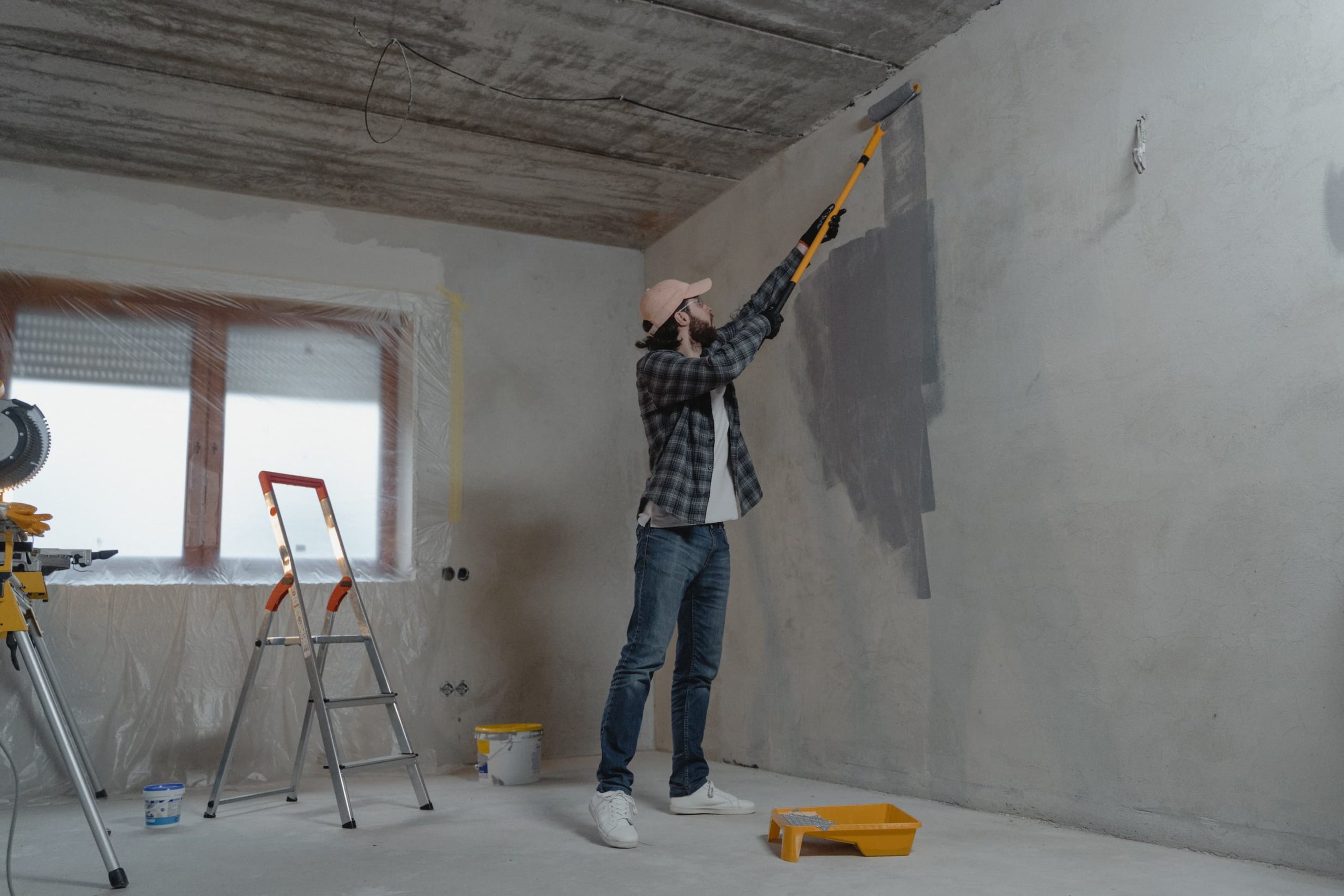
In building or renovating a home, we typically place more importance on durability, aesthetics, and price than on health and sustainability. However, recent pandemics and ongoing research into building materials have demonstrated that the very materials we use for our homes and buildings contain hazardous substances that pose serious health risks.
Think about it. In a lifespan of 80 years, about 72 of those years will be spent indoors. When we’re not at home, we usually work, learn or engage in social activities in enclosed, built spaces. That means we’re constantly exposed to harmful pollutants that can be found indoors, starting from the materials used to build our indoor spaces. “By using certain materials, we create sick-building syndrome,” says Marilee Nelson, a certified building biologist. Building materials such as lead, asbestos, and flame retardants pose hidden hazards such as carbon dioxide, volatile organic compounds, and nitrogen dioxide. All of these pollutants can be detrimental to physical and mental health, even more so if they accumulate. They can cause allergies, asthma, and affect sleep and productivity. Formaldehyde –one of the most common VOCs used in pressed wood products and other mass-based building materials – is particularly concerning as studies show that it potentially affects concentration levels and causes headaches, nausea, dizziness, memory loss, and even depression.
It is the responsibility of architects and contractors to source and recommend healthy, high-quality materials that foster safety and well-being for occupants. However, it is also important that we are aware of invisible pollutants that can have a negative impact on our health, as well as take an active role in choosing products that are healthy and sustainable.
You might consider these healthy building materials the next time you build or renovate your home:
- Wood
Natural and oldest of all building materials, wood has proven to be extremely beneficial for promoting physical and mental well-being. It is also a renewable resource, making it a highly eco-friendly material. Researchers have found that wood has a number of health benefits, including reducing blood pressure and improving cognitive performance among occupants. Wooden-surfaced rooms are said to provide occupants with an increased sense of comfort.
Similarly, bamboo is another material recognized for its health and wellness benefits. Versatile and sustainable when treated properly, having bamboo surfaces in homes is said to reduce stress and anxiety as well as improve mental performance.
It is important to note that not all wood and bamboo products are non-toxic. Treating and finishing the wood products with glazes, varnishes and high-VOC paints can cause off-gassing issues in the home. Choose solid natural wood and bamboo and make sure that the surfaces are only treated with natural oils or waxes.
- Steel
Although it is not a natural resource, stainless steel emits no toxins, making it an excellent option when it comes to creating healthy environments (which explains why it is so popular in cookware). Buildings and homes with metal structures are mold-resistant and do not require chemical termite treatment. It is also infinitely recyclable and reusable making it a highly sustainable building material.
It should be noted that steel is susceptible to corrosion especially when constantly exposed to air and water. Occasionally painting your steel structures is a good idea, but be sure to use low or zero VOC paint.
- Wool
Insulation is essential for absorbing noise, controlling heat levels, and providing a more comfortable home. In recent years, wool has gained attention for its benefits as a natural insulation material, not only for construction but also for occupants’ health and well-being.
A unique property of wool is its ability to absorb toxins and odors. The amino acids in wool allow it to reduce air contaminants from various indoor sources. A combination of chemical elements can turn volatile organic compounds within buildings into vapors or gases, causing air quality to decline. A wool insulation material can absorb VOCs, improving air quality as a result. Furthermore, buildings that see a lot of people every day can have condensation and moisture problems. Buildings with poor ventilation can suffer from moisture issues, resulting in mold and damage. Using wool as an insulating textile can help reduce the impact of moisture and humidity on your home. For homes in high-humidity climates, wool insulation is a good option.
Similarly to wood construction materials, wool insulation materials are treated and processed in order to prevent insects and fungi from growing on them. Consult your contractor and architect for wool insulation manufacturers that follow eco-friendly practices.
There are many other building materials that you can use to ensure that you don’t live in a home with unseen toxins. Take some time to understand the products that are used to build your home, look for labels and certifications that indicate toxin-free and allergen-free materials, and check your indoor air quality to avoid health issues for yourself and your family. Having the right information will help you build a healthier and safer home.
What healthy building materials are you using right now that has made your home healthier? Tell us @hello@getuhoo.com and get a special surprise!


